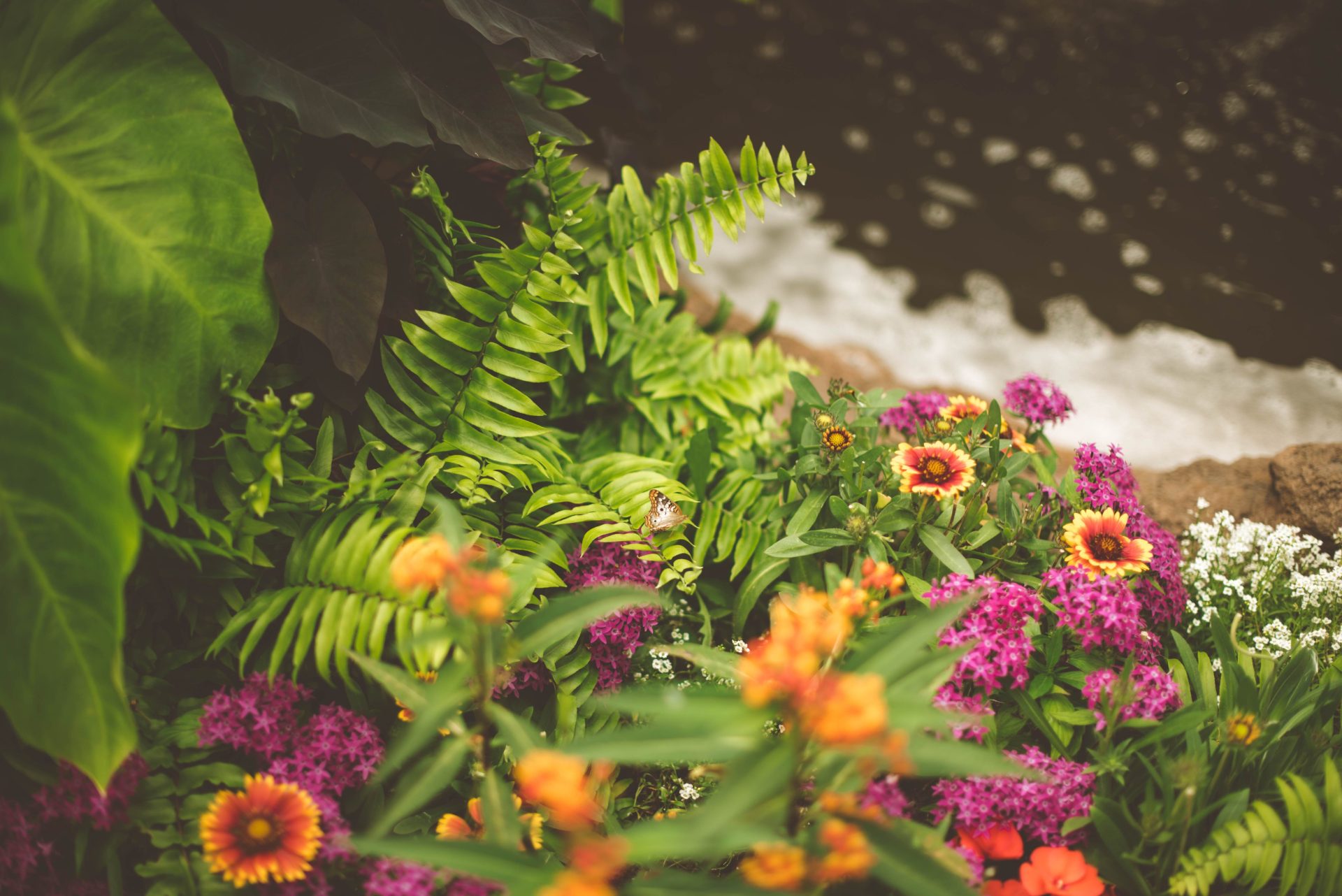Creating an attractive and edible landscape doesn’t need to be complicated. With a few simple tools, some time, and creativity, you can design a beautiful outdoor space that’s both functional and aesthetically pleasing. But what exactly is an edible landscape, and can it look beautiful?
What is an Edible Landscape?
An edible landscape is a garden that’s designed for the purpose of aesthetic beauty and the production of edible plants. This type of garden combines traditional landscaping elements such as trees, shrubs, and flowers with edible crops like vegetables, fruits, berries, and herbs.
Edible landscapes offer a variety of benefits, including increased biodiversity in the garden environment due to the presence of multiple species, but they can also be nice to look at.
If you’re looking to create a large edible landscape, you’ll need to buy a house. Fortunately, you can find the best mortgage rates online using calculators from sites like Salmon Real Estate.
How to Create an Attractive Editable Landscape
Whether you’re looking to spruce up your small yard or start from scratch, there are plenty of great ways to use your DIY skills to make a beautiful edible landscape, including the following.
Choose Plants for Colour and Form
Incorporating a variety of shapes and textures can add visual interest to the garden. For example, tall trees can provide a backdrop for medium-height shrubs with cascading flowers, while ground-cover herbs like thyme or chamomile can bring texture and softness to the space.
For colour, look for plants with blooms that will contrast or complement each other. Consider using annuals or biennials that will produce bright hues throughout the growing season as well as evergreen foliage for year-round interest. Edible fruits and vegetables come in many colours!
Cover Arbours With Edible Vines
Vined plants and flowers can be trained to climb trellises, pergolas, or arbores to create attractive, shaded structures. When planted near a kitchen garden or fruit tree, they can also provide easy access to freshly picked food. For depth, you can add roses or a bit of ivy.
Edible vines are generally fast-growing and thrive in full-sun locations with well-draining soil. Common varieties include grapevines, kiwi fruit vines, passionfruit vines, kiwi vines, and hybrid berries like boysenberries and loganberries. Once established, they require minimum care.
Use Plants en Masse for a Better Look
When creating an edible landscape, one of the most important design principles to keep in mind is to use plants en masse. This means planting a large group of the same type of plant together rather than just one or two scattered throughout the space, as it makes the space look better.
Incorporating massed plantings into your edible landscape design can be done by planting multiple rows of vegetables or fruits together. Or, you can plant large flower beds with multiple varieties that bloom at different times throughout the season. Be sure to include trees.
Combine Edible Flowers With Vegetables
When combined with vegetables, edible flowers can give your landscape a unique look that will make your garden stand out. Some of the most popular edible flowers include marigolds, pansies, nasturtiums, violets, and chives. Roses and weeds like dandelions are also popular.
When planting edible flowers in combination with vegetables, it’s important to consider whether the flower is compatible with the vegetable in terms of growth rate and sun requirements. For example, marigolds are slow-growing while tomatoes are fast-growing, so they’re incompatible.
Mix Non-Edibles Into an Edible Garden
Adding non-edible annuals to an edible garden is a great way to add colour and texture while also providing food for pollinators. For example, adding flowers like calendulas or violas around the base of fruit trees or amongst vegetables can help attract bees and other beneficial insects.
When selecting annuals for your edible landscape, choose ones that aren’t high-maintenance, such as those native to your area or ones that are resistant to pests. Additionally, be sure to select varieties with different heights and colours, so you can create a cool layered effect.
In Conclusion…
Similar to any other landscaping project, creating an editable garden will take a lot of work at first. However, you’ll be able to make your garden both aesthetically pleasing and nourishing in all kinds of climates. And once you do, you can sit back and let nature do its job!
































